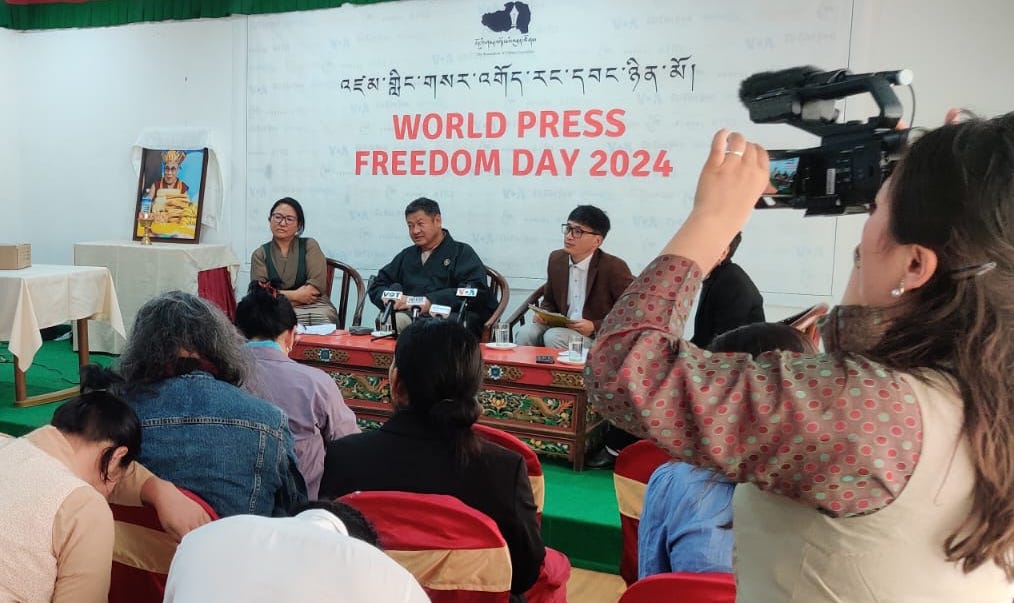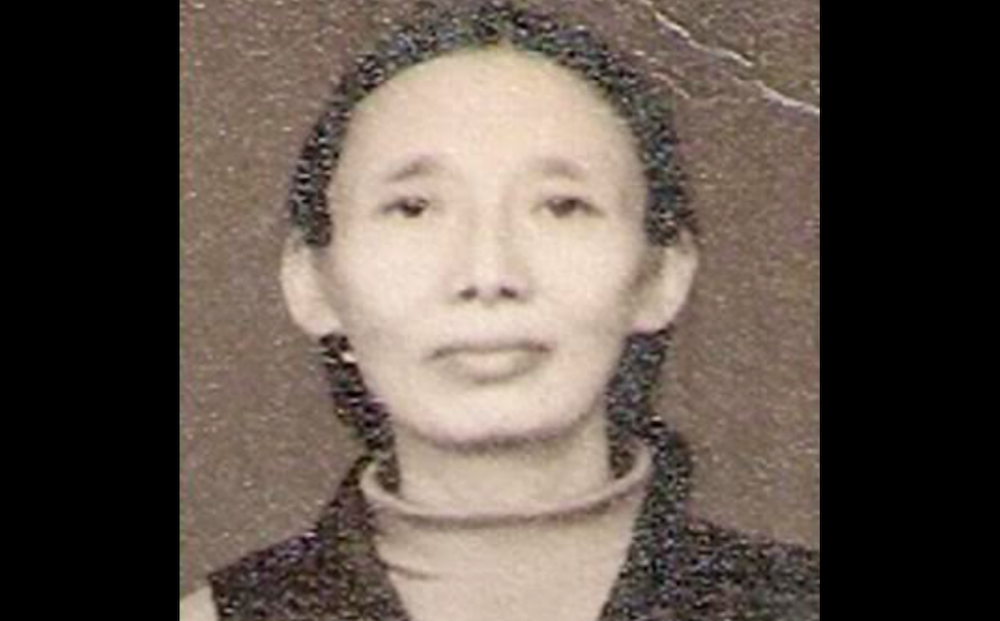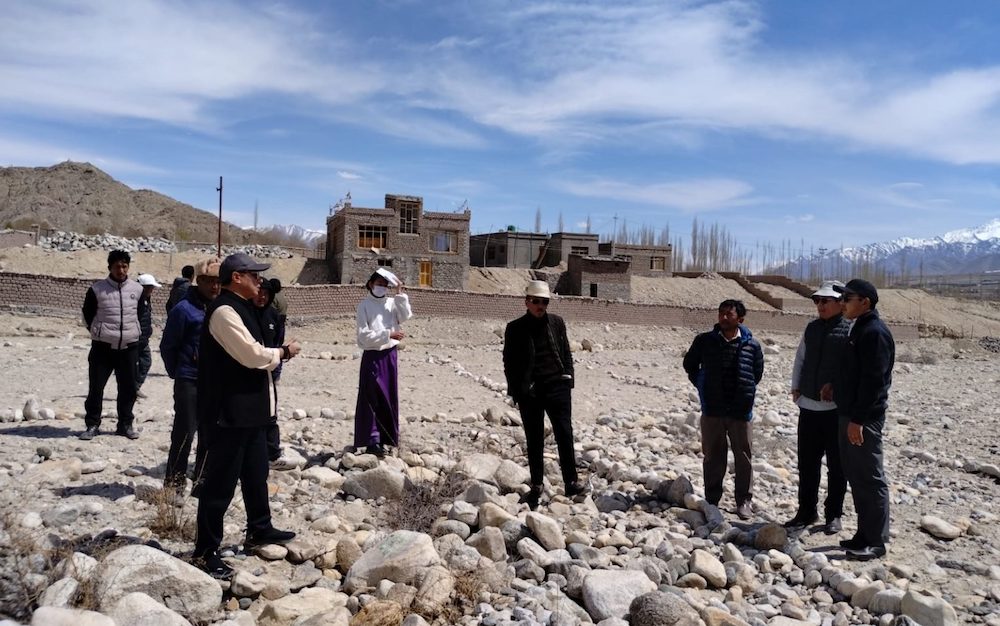New Delhi, February 9 – In what could have ominous portents for India’s security concerns, China is going full-steam ahead with its ambitious railway project involving a versatile feeder-line through Tibet which would make possible the deployment of PLA soldiers on the borders at short notice.
Envisioned by former Chinese Premier Jiang Zemin and aimed at finding a ‘final solution’ to the Tibetan problem by ethnic overwhelming, the 27.2-billion-dollar project coming to fruition indicated that ”Indian defence preparedness along the Himalayas will become redundant and require a complete and a highly expensive overhaul,” Tibetologist and Sino-Indian relations observer Vijay Kranti told UNI.
The extraordinary cost on the railway lines had been ostensibly justified by Mr Jiang as a ”political project” to spread Chinese influence beyond the mainland.
A fully reliable Han population in Tibet would also make other neighbours like Nepal, Bhutan and Pakistan much more vulnerable to Chinese military pressure.
He said the railway lines would make it possible for the first time to bring in fully assembled heavy equipment like tanks right up to the Indian borders as and when required.
Conversely, ”it takes the army five full days from Pithoragarh in the Kumaon hills through inhospitable terrain to reach the border,” he said.
The upcoming four railway-line projects are going to connect Lhasa to the four major Chinese urban centres. These are Gormo in Qinghai province (1118 km), Lanzhou in Gansu (2126 km), Dali in Yunnan (1594 km) and Chengdu in Sechuan (1927 km).
As and when the railway lines get in place, Tibet would be permanently converted into a preponderantly Chinese region. ”It is part of a massive economic development programme being run inside Tibet over the past few years to attract millions of new Chinese settlers and outnumber the indigenous ones,” Mr Kranti said.
In the last half-a-century, India’s big Asian neighbour has already changed the ethnic character of many major Tibetan cities giving them a distinctly Chinese touch. ”I had a chance to witness and document these changes personally in cities like Lhasa and Shigatse,” he said.









